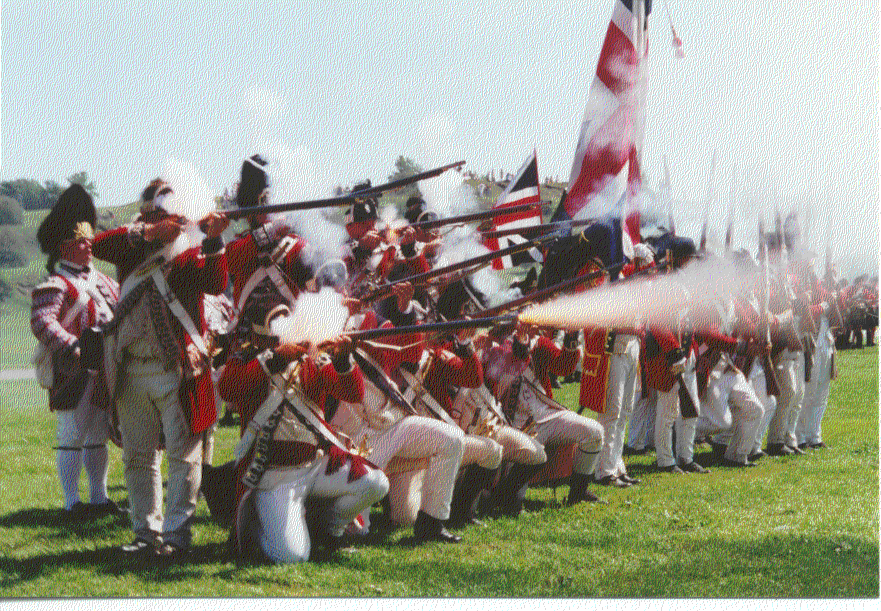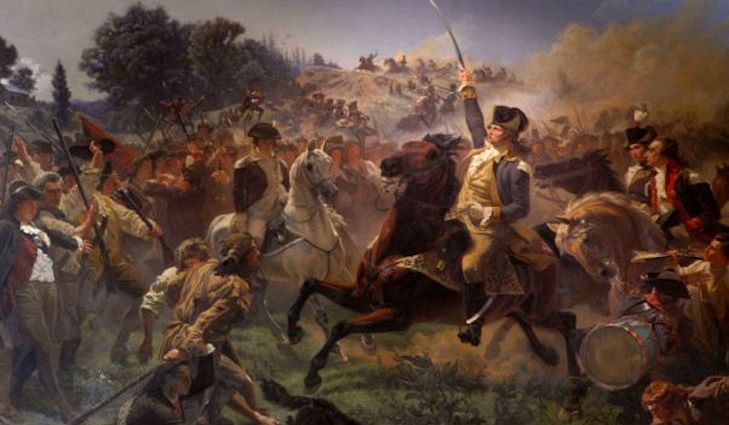
Reenactment of the Britsh using the Linear Tactic
Image cited
Johnson, Justin. “Ep #003 - Military Tactics and Technology of the 1700s.” American Military History Podcast, American Military History Podcast, 31 July 2015, americanmilitaryhistorypodcast.com/military-tactics-and-technology-of-the-1700s/
